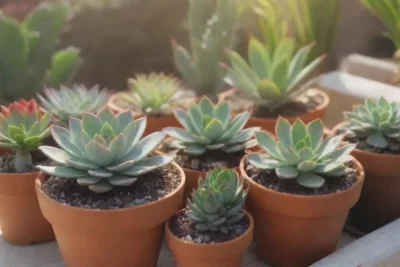
Choosing the Right Location Based on Succulent Temperature Needs
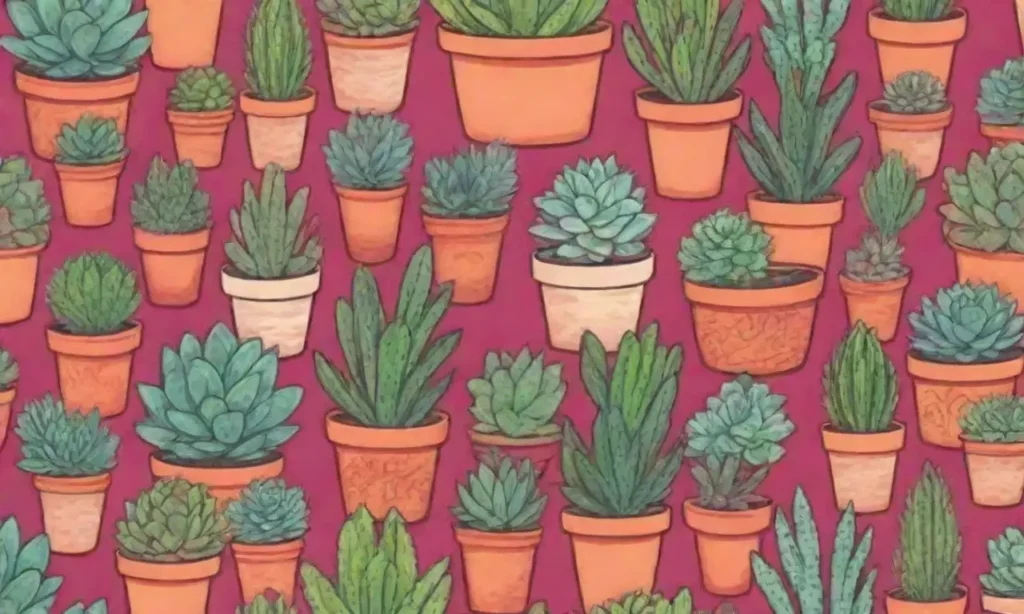
Introduction
Succulents are a popular choice for both indoor and outdoor gardening due to their unique appearance and low maintenance requirements. These hardy plants are known for their ability to store water in their leaves, stems, and roots, allowing them to survive in arid conditions. However, they are not indestructible and can be sensitive to temperature fluctuations. Selecting the appropriate location for your succulents is essential, as it can significantly impact their growth, vitality, and overall health.
In this article, we will explore various factors involved in choosing the right location for your succulents based on their temperature needs. We will delve into the ideal climate conditions for these plants, the importance of monitoring temperature variations, and tips for creating a suitable environment for optimal growth. By the end of this guide, you will be equipped with knowledge to make informed decisions about your succulent location to ensure they thrive.
Understanding Succulent Temperature Needs
Ideal Temperature Range
Succulents generally thrive in warm and dry environments. Most varieties prefer temperatures ranging from 60°F to 80°F (15°C to 27°C) during the day and slightly cooler conditions at night, around 50°F to 70°F (10°C to 21°C). Extreme temperatures can stress the plants, leading to issues such as overhydration, dormancy, or even death.
It's essential to consider both daytime and nighttime temperatures, as succulents benefit from a drop in temperature after a hot day. For optimal growth, aim to keep them within their ideal range, and be mindful of any sudden temperature shifts that could cause shock.
Tolerance to Hot and Cold Temperatures
Succulents come from diverse climates, which influences their tolerance to temperature extremes. Many varieties can handle high temperatures exceeding 90°F (32°C), famously used in xeriscaping and drought-resistant landscapes. However, prolonged exposure to excessive heat can lead to sunburn on their leaves.
Conversely, some succulents can endure light frosts but may suffer permanent damage or die when exposed to freezing temperatures of 32°F (0°C) or lower. If you're considering growing succulents outdoors, research specific varieties to understand their temperature tolerance better and ensure a proper location.
Seasonal Changes and Succulent Behavior
Temperature needs change throughout the year. During the spring and summer, many succulents experience their active growth phase and require consistent warmth and sunshine. This stimulus promotes photosynthesis, essential for their health and growth. However, as autumn approaches and temperatures begin to drop, succulents will enter a stage of dormancy, requiring less water and light.
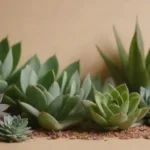 Resilient Succulents: Those That Excel in Temperature Changes
Resilient Succulents: Those That Excel in Temperature ChangesProper understanding of the seasonal behaviors of your succulents allows you to manage their location effectively. By relocating your plants to a sheltered spot during colder months, you can help safeguard them from frost, while providing ample sunlight during their peak growth period.
Choosing the Right Location
Indoor vs. Outdoor Placement
Deciding whether to plant your succulents indoors or outdoors greatly influences their temperature exposure. Indoor plants generally enjoy stable conditions, shielded from extreme weather changes. However, you must ensure that they still receive enough natural light to thrive. Bright, indirect light is often ideal, while direct sunlight can lead to overheating.
On the other hand, outdoor succulents can benefit from natural airflow, which helps maintain their health. However, you must be cautious of extreme weather fluctuations, such as intense sunlight during the day or chilly nights. If your region experiences temperature extremes, consider protective measures like shade cloths during peak sun hours or pots that can be moved indoors when temperatures drop.
Microclimates: Understanding Your Specific Environment
When choosing a location for your succulents, it is beneficial to observe the unique microclimates within your space. Microclimates are small, localized areas where the climate differs from the surrounding environment. For instance, areas protected from wind, or those that absorb heat from structures, can provide more stable temperature conditions for your plants.
Observe the various locations around your home throughout the day to identify where sunlight and shade play a role. These assessments help determine the best spots for your succulents that cater to their temperature and light needs, ultimately enhancing their growth potential.
Sunlight Exposure and Temperature Regulation
The placement of your succulents in relation to sunlight exposure can significantly influence their temperature regulation. Direct sunlight, while beneficial for some varieties, can lead to overheating if temperatures soar. This is particularly important in the summer when sunlight can be harsh during peak hours.
To manage temperatures effectively, consider using containers that allow for mobility. Move your succulents into partial shade slots during extreme heat, or provide them with protective barriers, like flower pots or raised beds with adequate airflow, during the heat of the day. Alternatively, if your succulents need a bit more sunlight, gradual exposure to direct light can help them adjust.
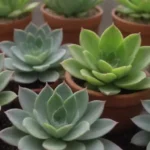 How to Monitor Temperature Levels in Your Succulent Garden
How to Monitor Temperature Levels in Your Succulent GardenProtecting Your Succulents from Temperature Extremes
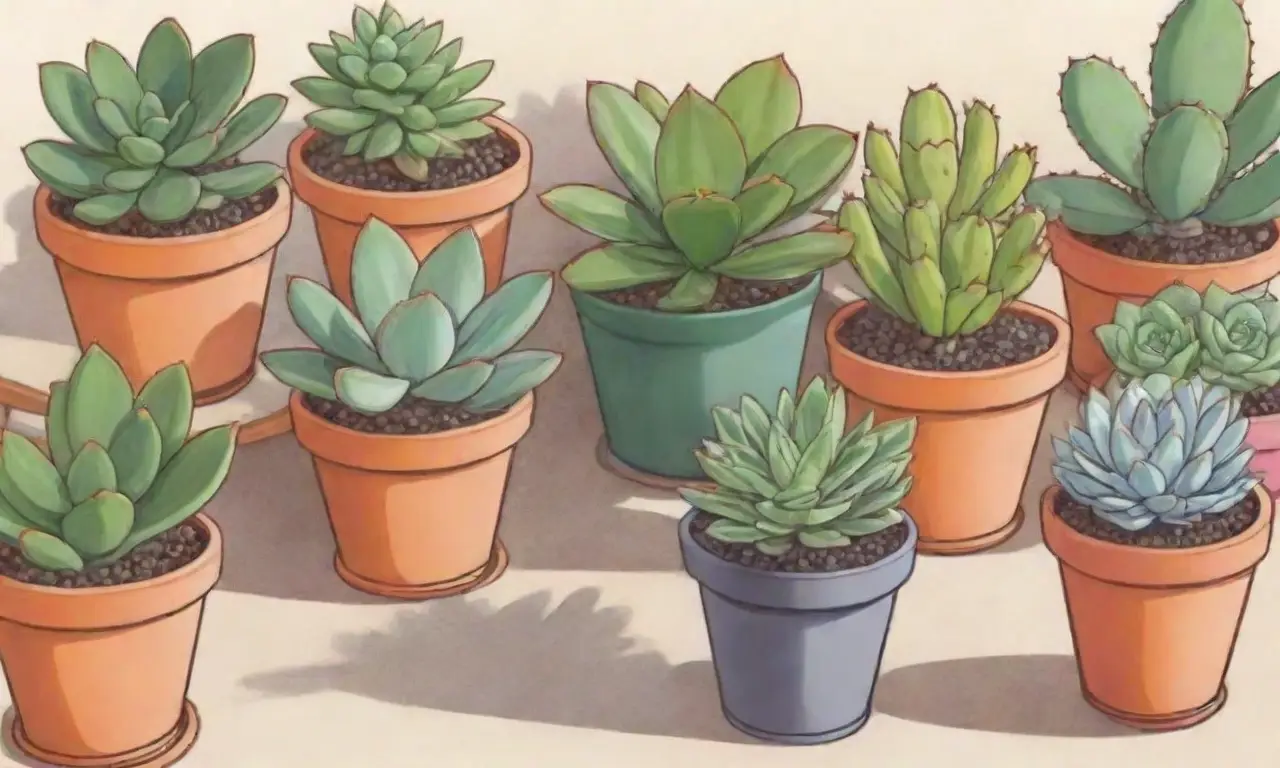
Preparing for Seasonal Transitions
As seasons transition, it is vital to prepare your succulents for impending temperature changes. During the summer months, remember to check soil moisture levels regularly, as warmer weather leads to quicker evaporation. Additionally, consider covering your outdoor succulents with breathable fabric during intense heat periods to prevent sunburned leaves.
When preparing for cooler months, slowly acclimatize your succulents to their wintering spots if you plan to move them indoors or to a protected area outside. Gradual transitions help prevent drastic temperature shocks, enabling them to adapt more fluidly to changing environments.
Monitoring Temperature and Moisture Levels
Consistency in temperature and moisture is crucial for healthy succulent growth. Invest in a reliable thermometer or temperature monitoring system to keep an eye on ambient conditions. Additionally, a moisture meter can help determine when to water, preventing the risk of overwatering. Succulents require well-draining soil and a setup that allows them to dry out between watering sessions, as excess moisture can lead to root rot.
Understanding the day-to-day fluctuations in your indoor or outdoor environments helps ensure that your plants remain healthy and stress-free. Regular monitoring can highlight any significant shifts in conditions, allowing you to adjust their location as needed.
Utilizing Natural Shelter and Protective Measures
In unpredictable climates, provide additional protection for your succulents. For outdoor placements, consider using structures such as greenhouses, cloches, or cold frames to shield your plants from harsh winds and severe temperatures. These elements create a controlled environment that maintains comfortable temperature levels during extreme weather.
If planting indoors, consider using grow lights to supplement natural light during darker months, ensuring your succulents receive adequate illumination and warmth. Utilize thermal mass strategies, such as surrounding your plants with rocks or bricks that absorb sunlight during the day and release warmth at night, creating a stable microclimate for your succulents to thrive.
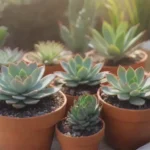 Preparing Your Succulents for Summer: Temperature Considerations
Preparing Your Succulents for Summer: Temperature ConsiderationsConclusion
Successfully choosing the right location for your succulents based on their temperature needs is essential for their health and longevity. Understanding the ideal temperature ranges for these remarkable plants, the differences between indoor and outdoor settings, and the importance of monitoring microclimates will guide you in your succulent growth journey.
Moreover, adapting to seasonal changes by preparing your plants and utilizing protective measures can make all the difference in fostering a thriving succulent collection. Whether you choose to plant them in pots indoors or in your garden outdoors, ensuring an environment conducive to their unique requirements will enable them to grow optimally.
By taking into account their temperature preferences and making the necessary adjustments, you can enjoy thriving succulents that add beauty and interest to your space. Happy gardening!
If you want to read more articles similar to Choosing the Right Location Based on Succulent Temperature Needs, you can visit the Temperature Tolerance category.

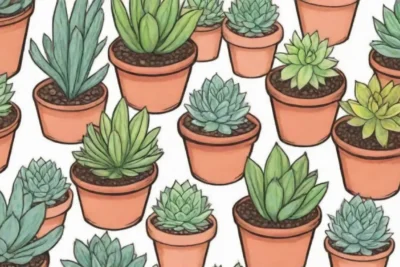
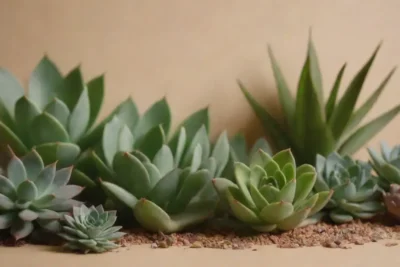
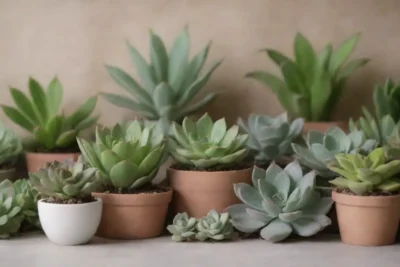
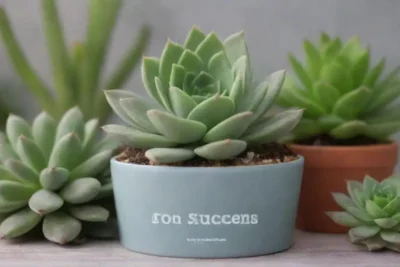
You Must Read